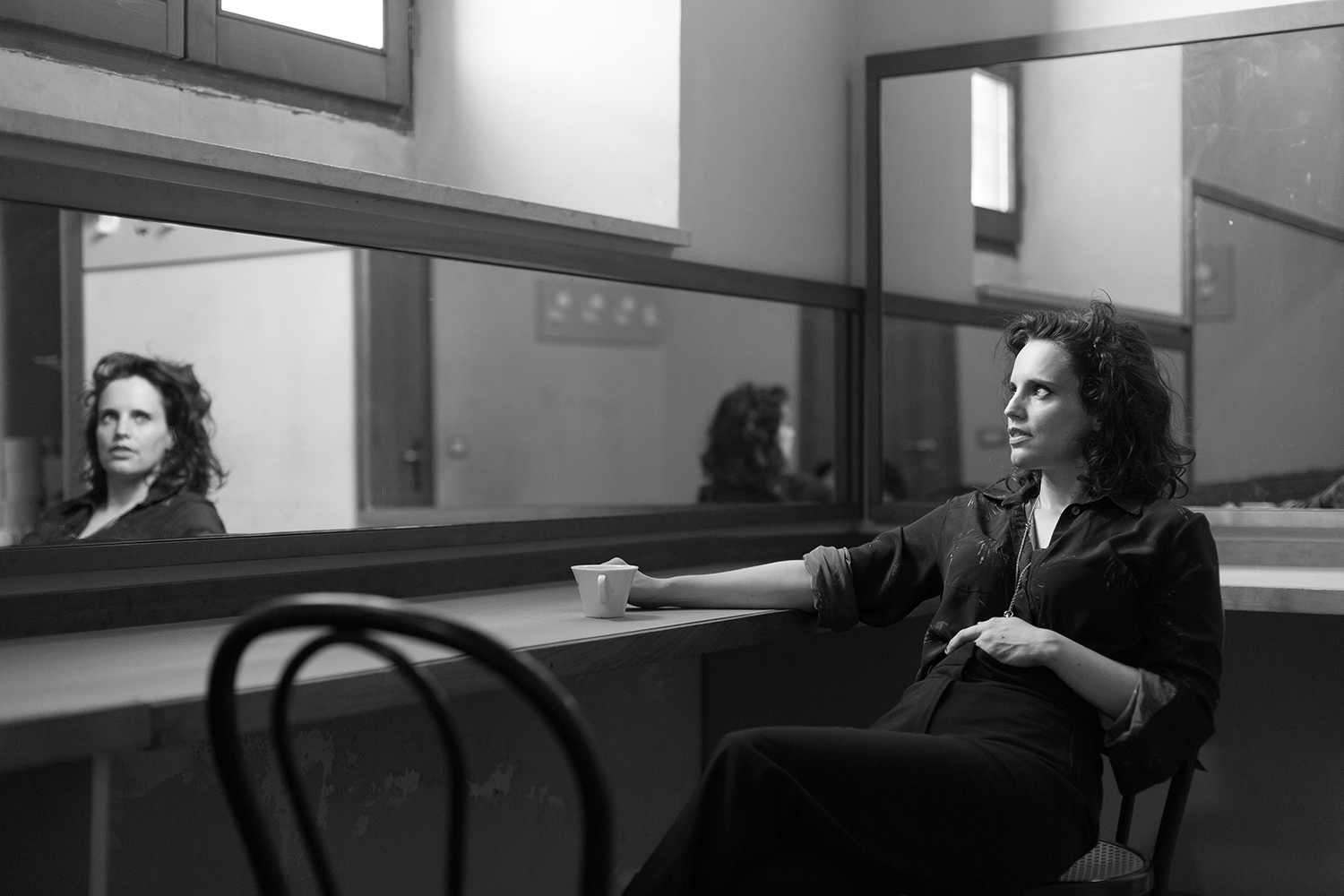Il mio lavoro “Broken Mirror”, realizzato con una intelligenza artificiale, ha ricevuto una menzione speciale dal Fotografia Calabria Festival! Di seguito il comunicato ufficiale.
Con grande piacere annunciamo che Filippo Venturi ha ricevuto la menzione speciale di Fotografia Calabria Festival per il progetto "Broken mirror".
Un lavoro che si è distinto per aver affrontato il tema del Cambiamento attraverso un linguaggio e uno strumento di grande attualità, l'Intelligenza Artificiale. Frutto di un lungo lavoro di ricerca formale ed estetica, "Broken mirror" invita a riflettere sul futuro e sui cambiamenti non solo della Fotografia, ma di tutti i linguaggi visivi e non.
È per questo che siamo felici di dare a Filippo Venturi questo riconoscimento speciale e di dedicare al suo lavoro l'attenzione che merita. Con l'augurio che possa rappresentare per tutti, esperti e non, un'occasione di confronto costruttivo sulle potenzialità dell'Intelligenza Artificiale e del suo impiego anche nell'arte della Fotografia.
Filippo Venturi è un fotografo documentario italiano. Produce progetti riguardanti l'identità e la condizione umana. Negli ultimi anni è stato impegnato in un progetto nella penisola coreana, guadagnandosi il premio Sony World Photography, il LensCulture Emerging Talent Premio. Le sue opere sono state pubblicate su importanti riviste internazionali, come National Geographic, The Washington Post, The Guardian, Financial Times, Internazionale, La Repubblica, Il Corriere della Sera e La Stampa.
•••
With great pleasure that we announce that Filippo Venturi has received a special mention from Fotografia Calabria Festival for the project “Broken mirror”. A work that stood out for having tackled the Change's subject through a highly topical language and tool, the Artificial Intelligence.
Result of a long process of formal and aesthetic research, “Broken mirror” invites us to reflect on the future and changes not only in photography, but in all visual and non-visual languages.
This is why we are happy to give to Filippo Venturi this special recognition and to dedicate his work the attention it deserves. With the hope that it can represent for everyone, experts and non-experts alike, an opportunity for constructive discussion about the Artificial Intelligence's potential and its use, also in the Photography's art.
Filippo Venturi is an Italian documentary photographer. He produces personal projects concerning identity and the human condition. For the past years he has been engaged in a project on the Korean peninsula, earning him the Sony World Photography award, the LensCulture Emerging Talent Award. His works have been published in leading international magazines, such as National Geographic, The Washington Post, The Guardian, Financial Times, Internazionale, La Repubblica, Il Corriere della Sera and La Stampa.


